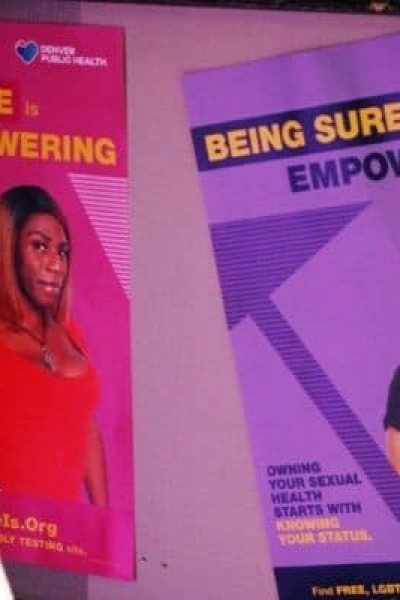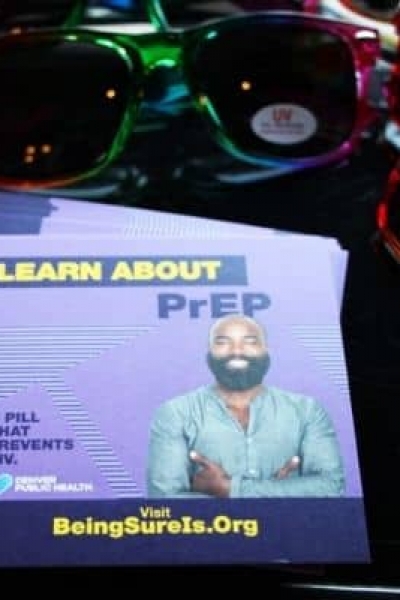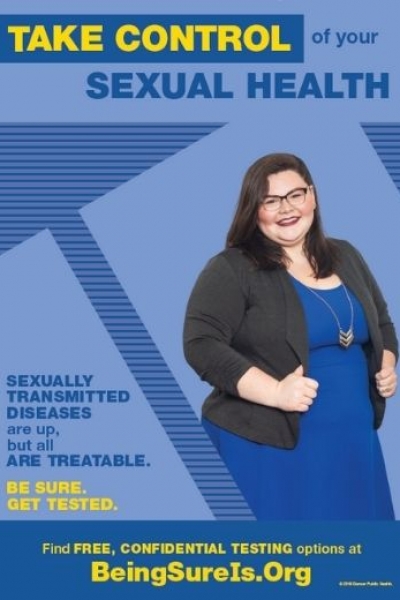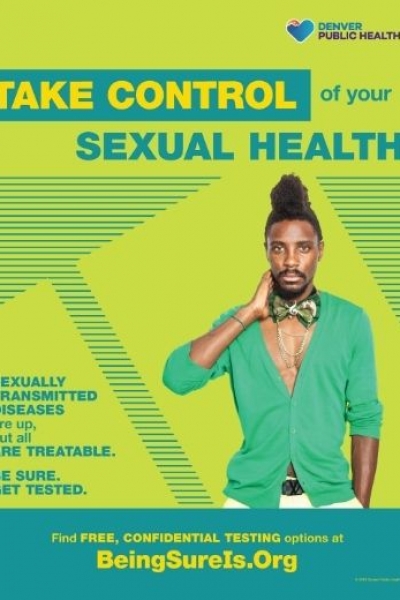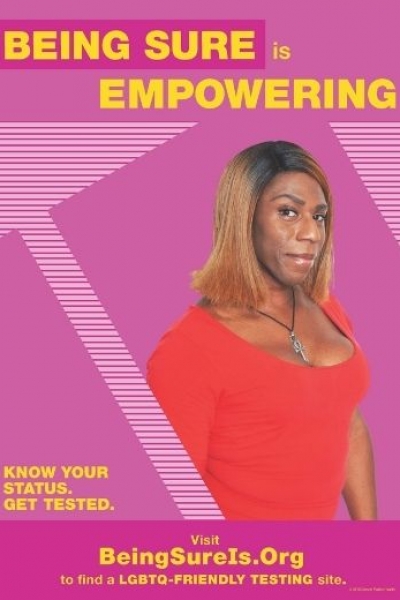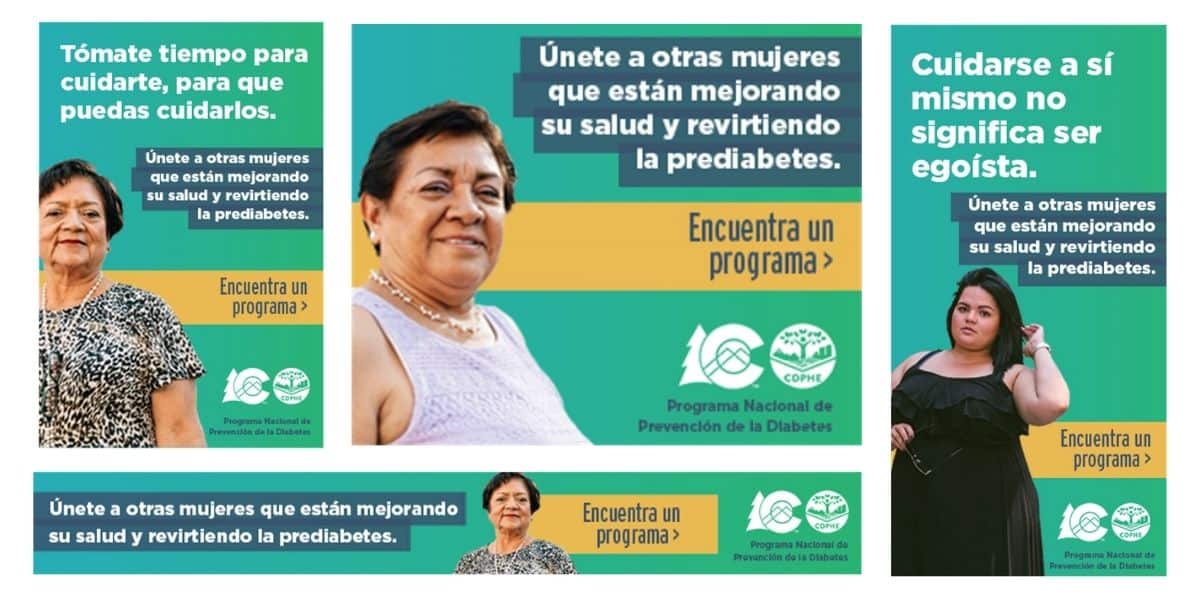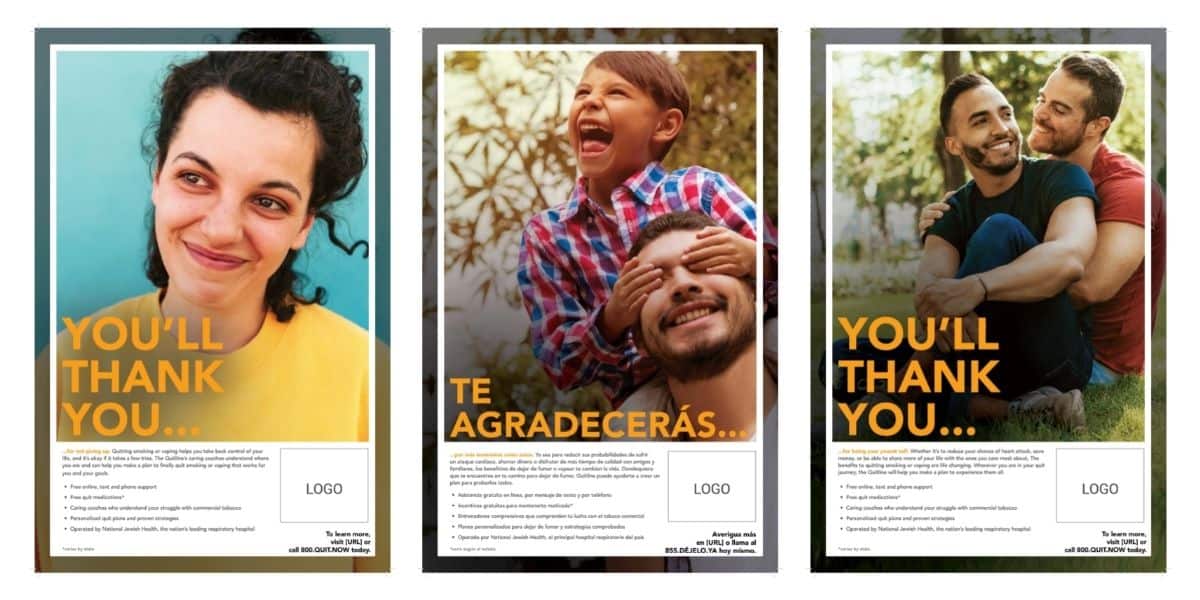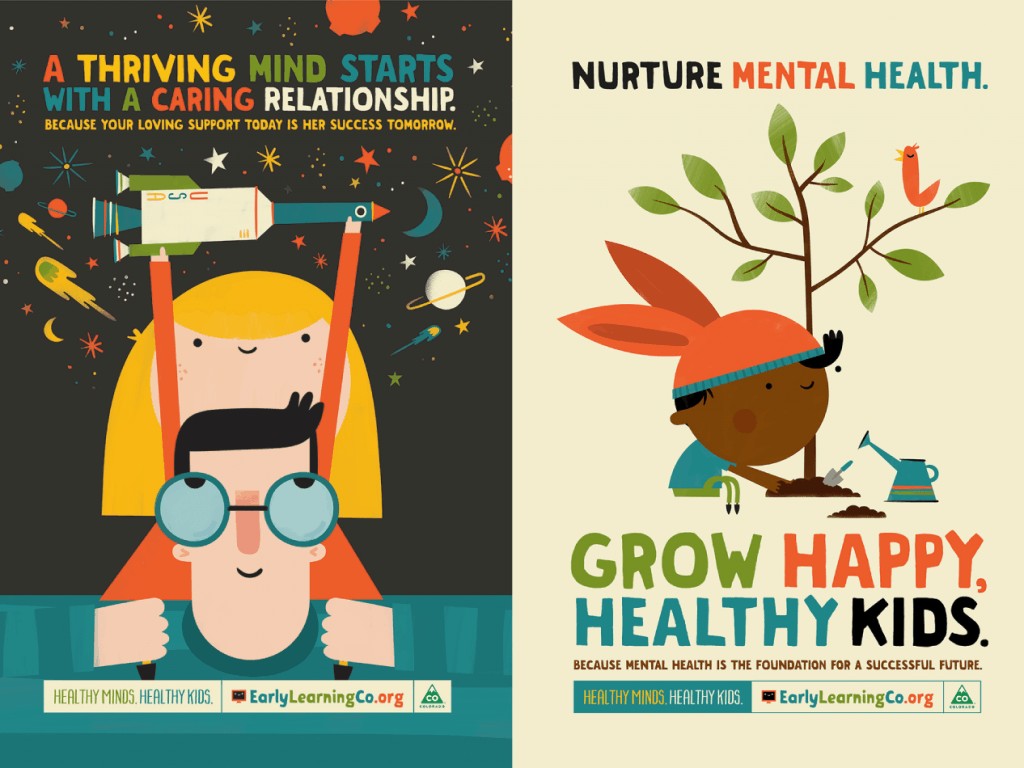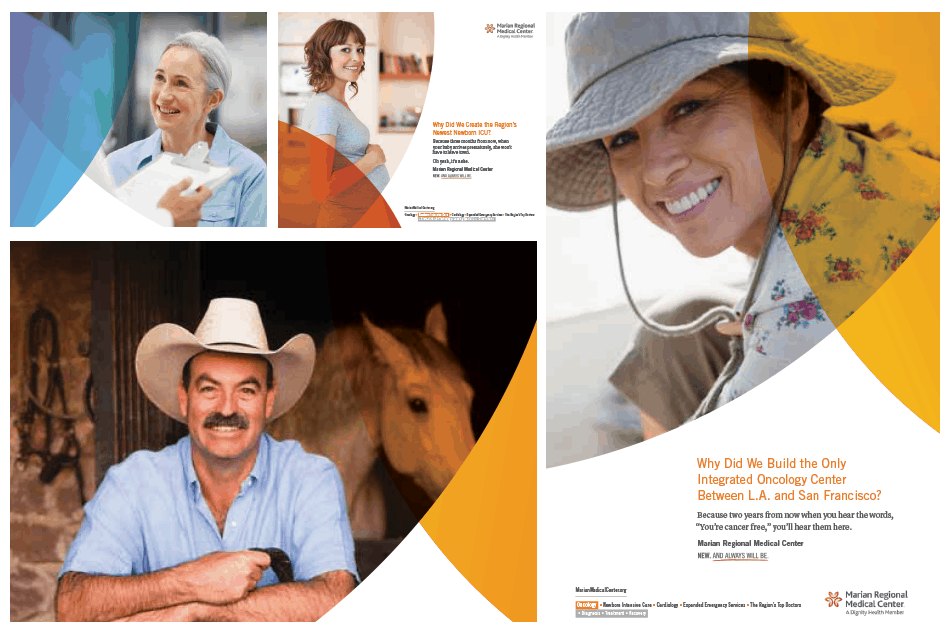Executive Summary:
With limited resources and a growing outbreak of sexually transmitted infections (STIs) and HIV, Denver Public Health reached out to SE2 to conduct outreach that would drive testing and treatment. Through strong collaboration with Denver Public Health (DPH) and community partners, and a hyper-targeted media campaign, SE2 drove 500 incremental testing sign-ups in a few week period.
Explore how we approached the project using our proven, four-part Changecycle™ process:
Investigate:
DPH is an innovative, nationally recognized health department that collaborates with Denver’s Department of Public Health and Environment and many other partners to inform, educate, offer services and promote policy change to make Denver a healthy community for all people.
When data showed that STIs were on the rise in Denver, DPH’s Disease Intervention Program reached out to SE2 for support to drive awareness through a public outreach campaign of its free STI and HIV testing services.
The data showed that Denver’s BIPOC LGBTQ+ community was most adversely affected, so this population became the focus of the campaign.
This presented a significant challenge as this population is hard to reach and engage due to a history of discrimination by the health care system. The discrimination that many LGBTQ+ people face has increased their lack of trust and hesitancy to proactively seek health care.
Furthermore, the challenge was amplified by the small budget (under $30K), so we consulted with DPH and agreed to take a more scrappy and lean approach to the project; we worked with DPH to secure its commitment to provide more hands-on support and collaboration than we typically require of clients, which DPH enthusiastically agreed to. This approach allowed us to preserve funds to put toward a paid media campaign.
Our discovery process included several interviews with the Disease Intervention Program leadership team as well as members of its advisory group who are part of the LGBTQ+ community.
We also conducted a review of the evidence-base for similar campaigns across the country and reviewed data to understand micro communities across Denver with a high prevalence of STI and HIV outbreaks (which would later help inform our paid media placement approach).
Activate:
Given the audience’s hesitancy to seek proactive health screening and treatment, and the stigma of STIs and HIV, we knew it was essential that the campaign be inclusive and engage messengers who represent the community and who could vouch for DPH’s commitment to inclusive and respectful care of the LGBTQ+ community.
To help further combat the stigma, we proposed incorporating a social norming strategy into the campaign that would help create momentum by showing hesitant Denverites the number of people who were signing up to get tested.
Finally, given the very specific audience we were trying to reach, we used hyper-targeted media tactics to ensure we reached the right people at the right time and in the right locations, so we had as little media waste as possible.
Captivate:
Knowing that validation was a critical element of the messaging and creative strategy, our creative and content teams identified individuals from the community to be featured in the ads and we worked collaboratively with DPH to recruit the participants. And we developed positive and aspirational messaging (in both English and Spanish) that specifically confronted the barriers and concerns that the LGBTQ+ community face when deciding whether to get tested and treated for STIs/HIV.
Our paid media team developed a hyper-targeted media plan to reach the key audience. Because Denver’s uninsured LGBTQ+ population tends to have a lower socioeconomic status, we placed ads on bus routes that ran close to each of DPH’s many testing locations spread out across the city. We also mapped DPH’s testing locations and geo-targeted display ads to reach LGBTQ+ individuals who were within close proximity to a location.
In addition to the paid media placements, we created a toolkit of assets (including posters, flyers, ads, coasters and social media content) that would be shared with community partners, and disseminated these materials in popular LGBTQ+ bars, restaurants and social service locations across the city.
Finally, to support the social norming strategy, we updated the campaign landing page by adding a button to pledge to get tested. The pledge button included a counter to show the number of people who had pledged.
Radiate:
The Disease Intervention Program team does not regularly run paid media campaigns, so throughout the development and implementation of the campaign, we leaned into our agency value of learning and growth and did a lot of education and training with the client team. By the end of our engagement we wanted their team to feel comfortable and confident in their ability to run campaigns like this one on their own in the future.
In the first eight weeks, over 500 people registered to get tested and campaign materials were disseminated through dozens of community partners across the city.
The Disease Intervention Program team was thrilled with the outcomes that this small-budget campaign generated over such a short period.

